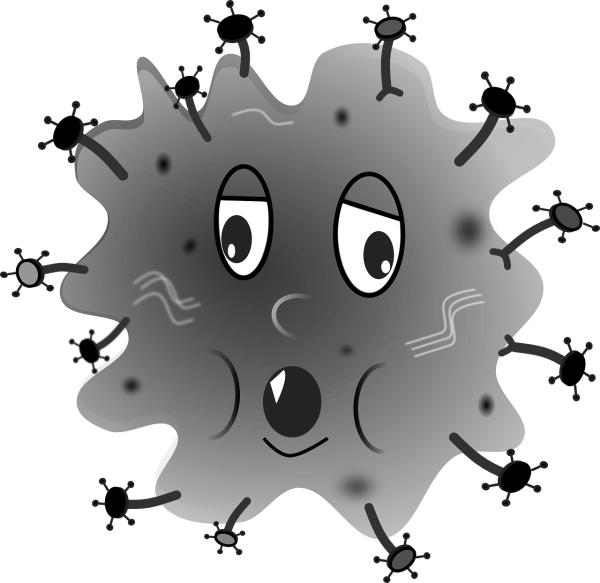Viruses are simple organisms; the medical school metaphor is that of a syringe, a capsule with a spike that injects its genetic material into a cell, taking over that cell's machinery to reproduce. Our immune system recognizes part of that syringe-like capsule as foreign and mounts a "defense." Of COVID's four structural proteins, our immune system most often identifies the spike, or "receptor binding domain," where the virus attaches to our cells, as well as the coating around the viral DNA, the nucleocapsid, or N protein. These are the antigens used in COVID-19 testing.
The study looks at the longevity of response to these proteins in the plasma of 254 patients, all with positive PCR tests. But before jumping to the results, a few limitations. Sampling was based on hospital stay, so there were more data points for the severely ill. Immunity is a complex coordinated effort of chemical mediators, cells, and plasma components like those being measured. The changes in plasma levels are only one part of the puzzle; the memory of first exposure and the acceleration of a secondary immune response cannot be determined from this work.
The patients were identified either by symptoms or the finding of COVID-19 antibodies. They came from a variety of clinical settings, outpatients, moderately and severely ill hospitalized patients, as well as patients who died from their infections. The demographics are what we have come to expect. Among the severely ill, more males with comorbidities, in this case, hypertension and diabetes. The milder or asymptomatic patients were younger and slimmer. In addition to a positive PCR test, serial blood levels were determined for IgM, IgG, and IgA (various antibodies) for the spike and N protein, among other targets.
- As measured by lower PCR cycles [1], higher viral loads were associated with increasing disease severity – more virus was associated with greater severity.
- Most patients developed antibodies within two weeks of symptom onset.
- Antibodies to the receptor binding domain peaked at 4-6 weeks depending upon the Ig class
- For outpatients, those with mild disease, the peaks were lower, and the titers' decline was more rapid.
- For those requiring ICU care or subsequently dying, the levels were higher throughout their disease course
- Antibodies to the N proteins, to the coating around the viral DNA, followed a similar pattern but were often lower and showed no relationship to disease severity.
- More antibodies were targeted against the spike area in those with mild disease than those admitted to the hospital or who died.
The researchers had hoped to identify antibody patterns that would correlate with disease trajectory and recovery – but the three patterns identified showed no correlation with outcome. The presence of viral RNA can be found in patients' blood in about 33% of cases, most often in those with severe disease. There was a reduction in this RNA-viremia in the presence of plasma antibodies, but again, no correlation with outcome.
The Take-Away
COVID-19 infection results in an immunologic response. Most critically, immunologic defense against the regional binding domain, where the viral RNA is injected into the host cell, seems to be the most effective in mitigating the disease's course. This is the target for both the Pfizer and Moderna vaccine, which is good news.
The study tells us that in asymptomatic patients, the immunoglobulin response is muted and fades quickly, making the COVID-19 tests that utilize these indirect infection markers more liable to under-identify prior disease. Our immune response involves multiple actors, cytokines, T cells, and host susceptibility; there is no simple antibody pattern that predicts a better or worse outcome – that knowledge remains outside our current grasp.
[1] PCR amplifies the nucleic acids present; fewer amplification cycles are needed to reach a measurement threshold when the initial amount of nucleic acid is greater.
Source: Defining the features and duration of antibody responses to SARS-CoV-2 infection associated with disease severity and outcome Science Immunology DOI: 10.1126/sciimmunol.abe0240




